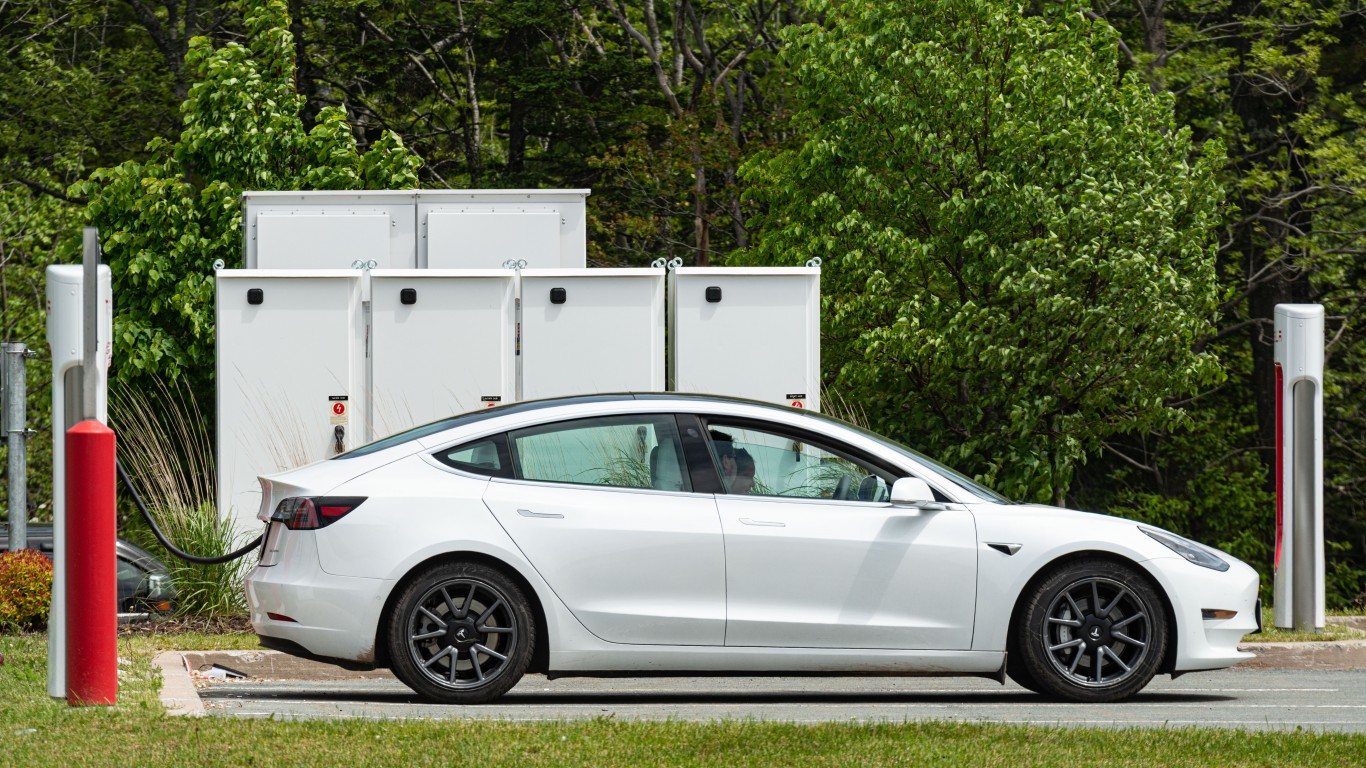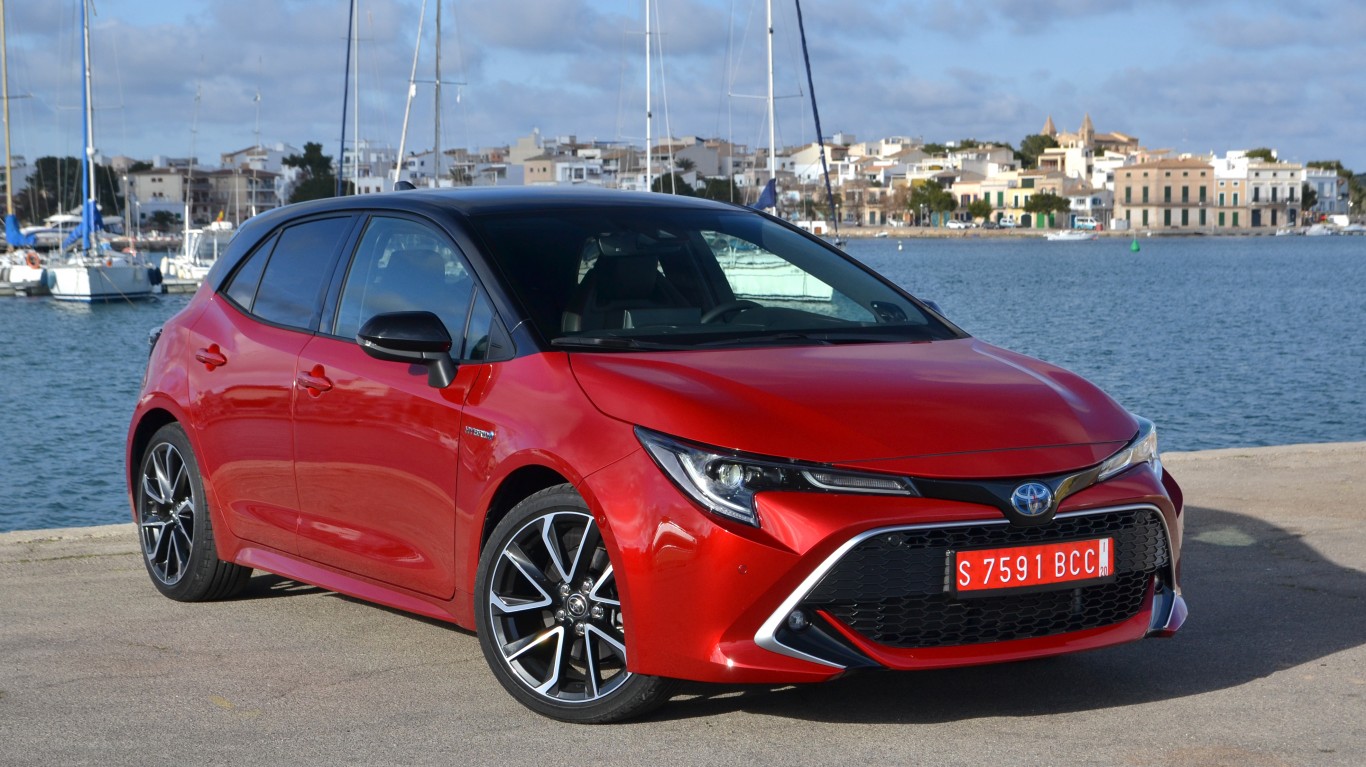
First released to the world in 1966, the Toyota Corolla became the best-selling car in the world in only eight years. By 1997, the Toyota Corolla became the selling vehicle of all time. It’s incredible to think that over 50 million Toyota Corollas were sold between 1966 and 2021. The thing is, huge sales don’t always translate to outstanding model-year performance.
With so many years of the Corolla being available to customers, there is bound to be a year or two Toyota would like to forget. It’s with this in mind that we can look at sites like FIXD, CarComplaints, CoPilot, and Vehicle History to look at the best and worst model years for the Toyota Corolla in its history.
Avoid: 2002
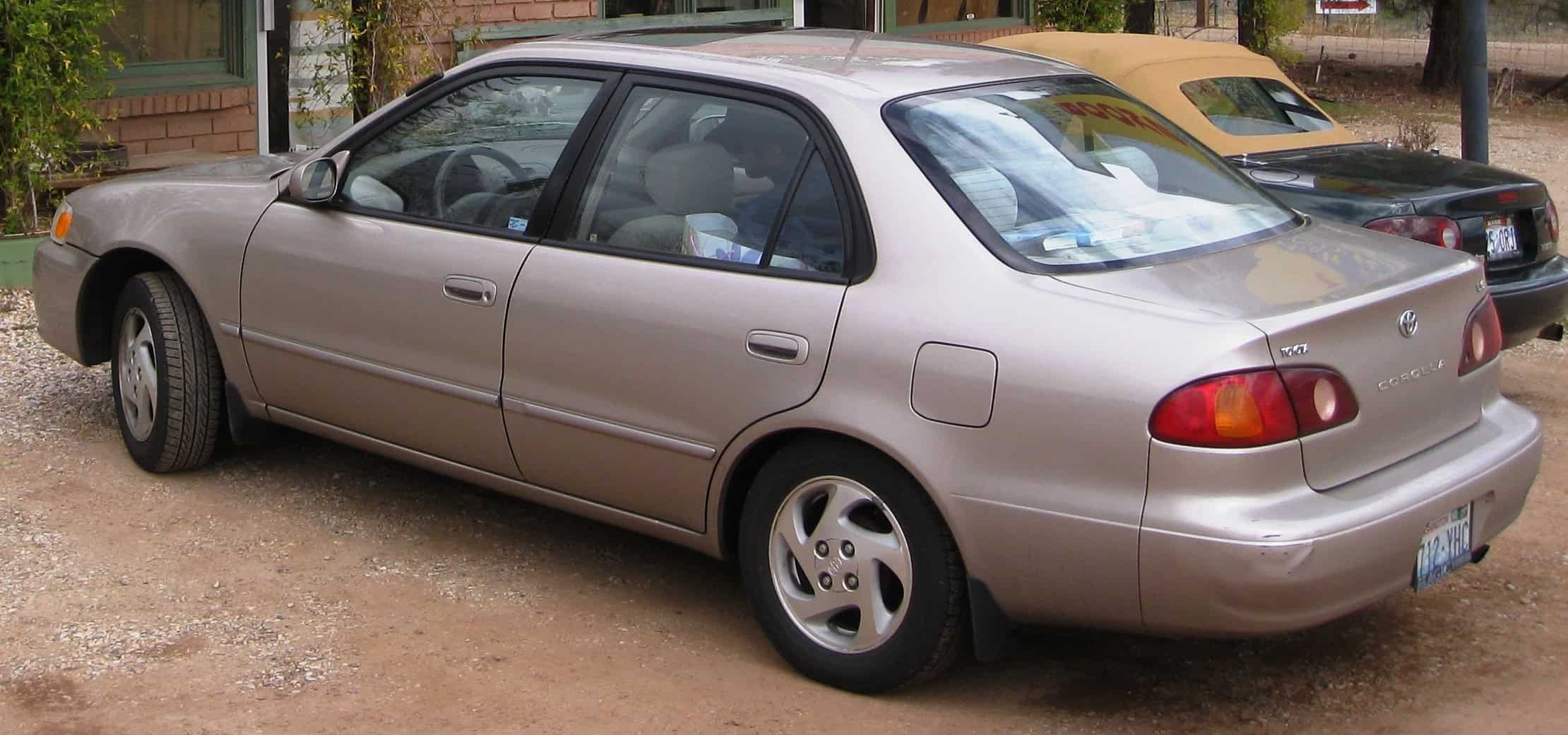
When you look back at the 2002 Toyota Corolla, there were definite issues with excessive oil consumption. While the 2002 model only saw a few hundred NHTSA (National Highway Transportation and Safety Administration) complaints, there were still multiple issues. However, no issue with the 2002 Toyota Corolla is more notable than its safety issues.
If there is any reason why CarComplaints gave the 2002 model its seal of “Beware of the Clunker,” it’s safety. The Corolla received a disappointing 3 and 4 stars on its NHTSA report, which was hugely disappointing. On the IIHS (Insurance Institute for Highway Safety) report, scores of acceptable and marginal were all over the place. With safety in mind, it’s easy to say the 2002 Corolla model was one to avoid.
Avoid: 2003

Complete with a CarComplaints “Clunker” seal, you can quickly guess that 2003 is a definite Toyota Corolla model year to skip. Owner complaints were focused heavily on transmission issues. While 26 NHTSA complaints in total out of 800 might not seem like a glaring problem, it was as if Corolla owners pushed their 2003 models over 100,000 miles.
However, the most significant complaints in 2003 according to the NHTSA focused on airbag issues. Specifically, airbags may rupture or explode, which is certainly cause for alarm. Out of the 13 recalls that were issued for the 2003 Corolla, seven of them were focused solely on airbag explosion concerns. Throw in side crash test ratings receiving a “Poor” mark from IIHS and skipping 2003 is a necessity.
Avoid: 2009
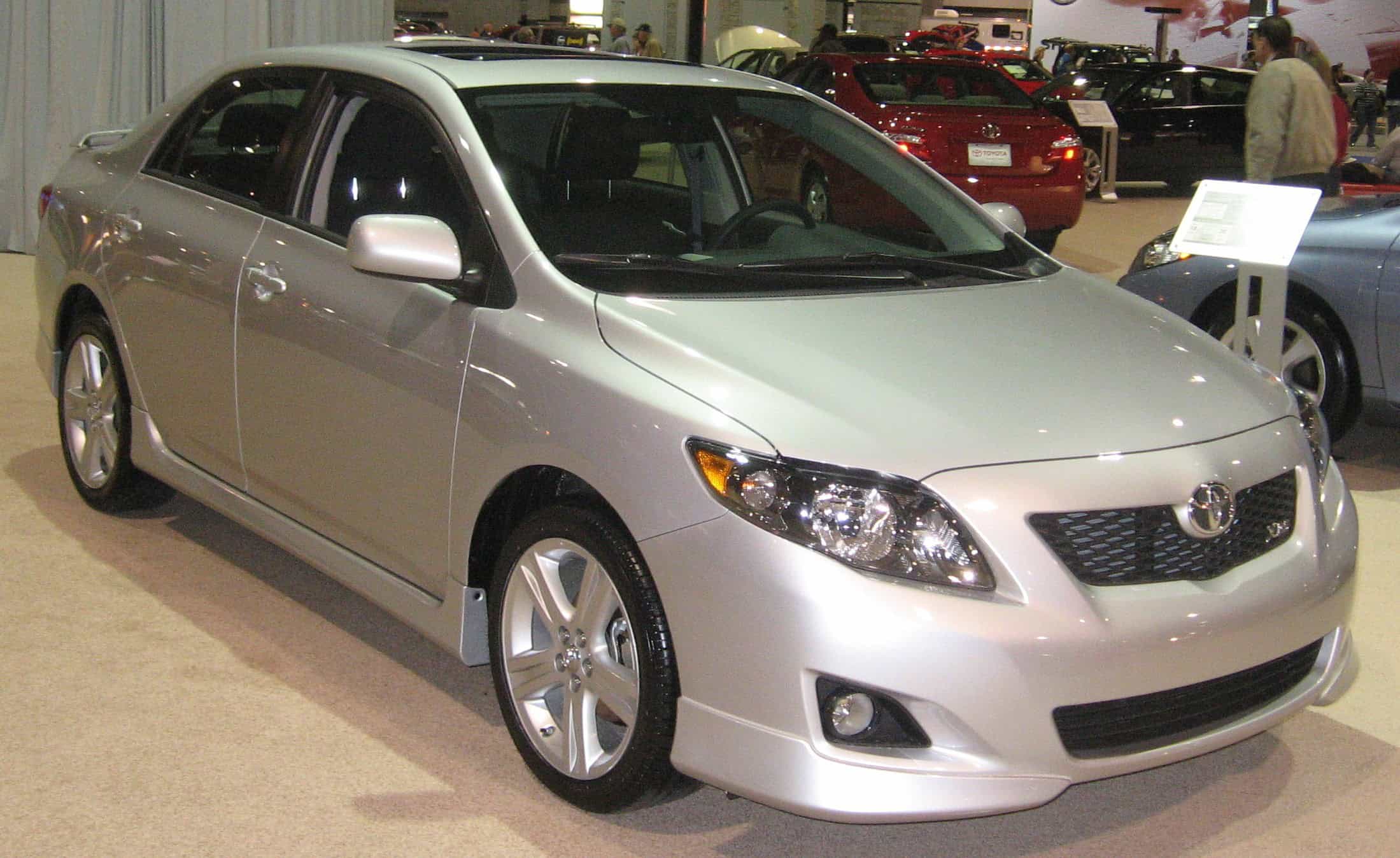
Looking at Toyota Corolla’s history, 2009 is easily the worst model year for the car since NHTSA complaints started being tracked. Over 1,700 NHTSA complaints were received for the 2009 model year, with over 565 of those focused on airbag concerns. On top of this, half of the 13 recalls issued for the 2009 model focused solely on airbag concerns.
On top of airbags, it’s widely known that 2009 was another model year full of excessive amounts of oil being used. The biggest challenge here is that the oil issue could pop up as early as one month after purchase. When you also add in a high number of NHTSA complaints around power steering, the reasons to avoid the 2009 Corolla model just kept growing and growing. If there is any bright spot in 2009, it’s that Toyota focused on safety with IIHS awarding the Corolla a “Top Safety Pick” award.
Avoid: 2010
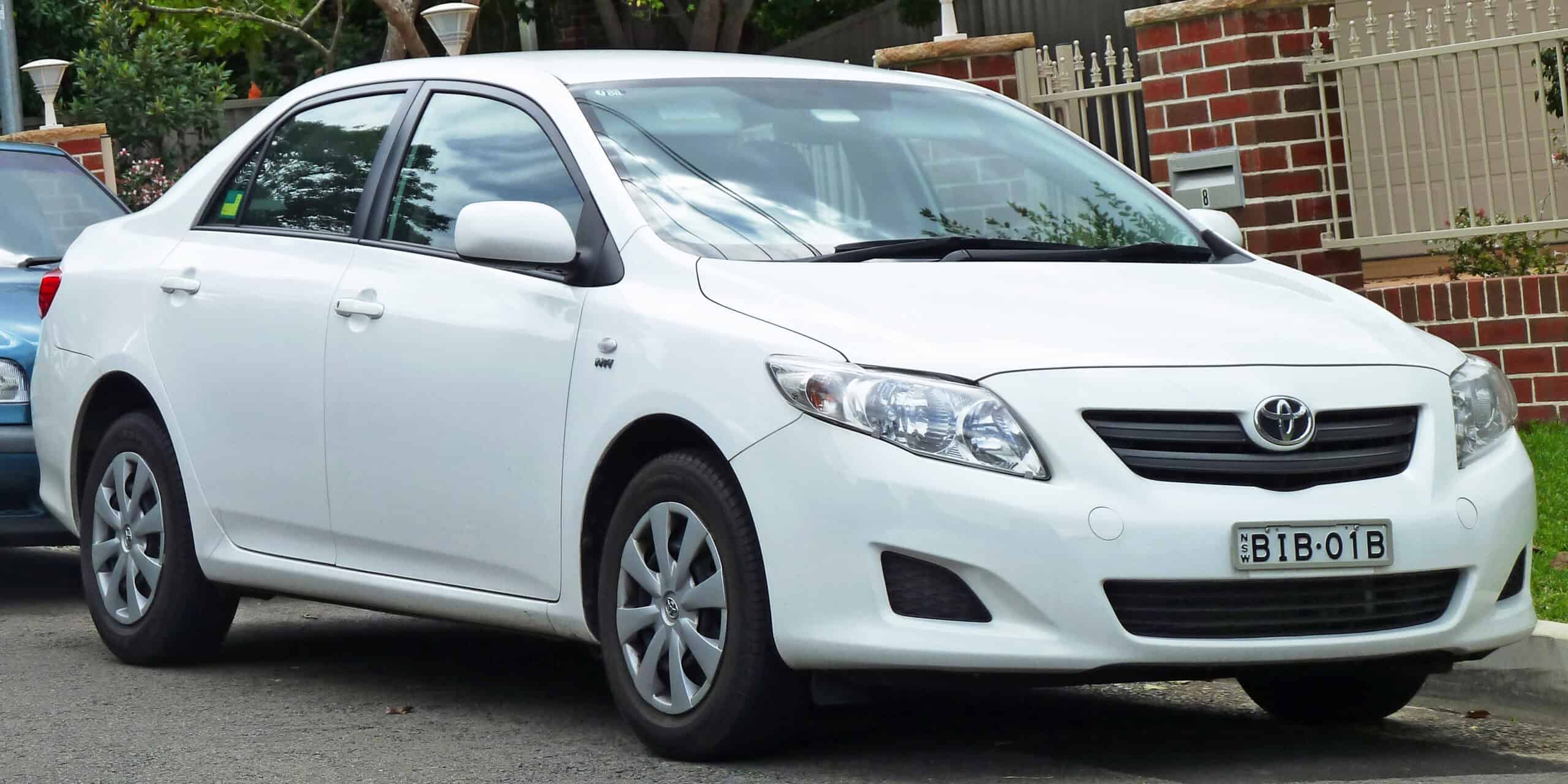
With over 1,550 NHTSA complaints received in 2010, many of the issues from 2009 carried over. Unsurprisingly, airbag issues remain prominent with 431 separate complaints received just on this matter alone. However, airbags were not the only issue in 2010 as brakes were also a significant challenge for the Corolla in this model year.
According to NHTSA complaints, Corolla owners suffered from a grinding noise with the brakes. If the car was out of warranty, the average price to fix the braking system was around $540. On top of this, you also had a glitchy infotainment system that drove customers up the wall. Last but certainly not least, engine concerns bubbled to the surface as the 2010 Corolla could just accelerate on its own.
Avoid: 2014

Something of a remodeling year for the Toyota Corolla, the car got larger and started to offer more interior space. Better yet, the Corolla was now offering 32 MPG combined. Unfortunately, the positives for the 2014 model end there. Another 300-plus NHTSA complaints arrived with a heavy emphasis still on airbag issues.
While there was hope Toyota could resolve any lingering airbag concerns that started a decade prior, 2014 models indicated that airbags might not deploy at all. Any time a new model generation begins, there are always some growing pains and this was proven true again in 2014. Rattling sounds from the dashboard were also a prominent concern for owners who found the issue incredibly frustrating.
Own: 2012
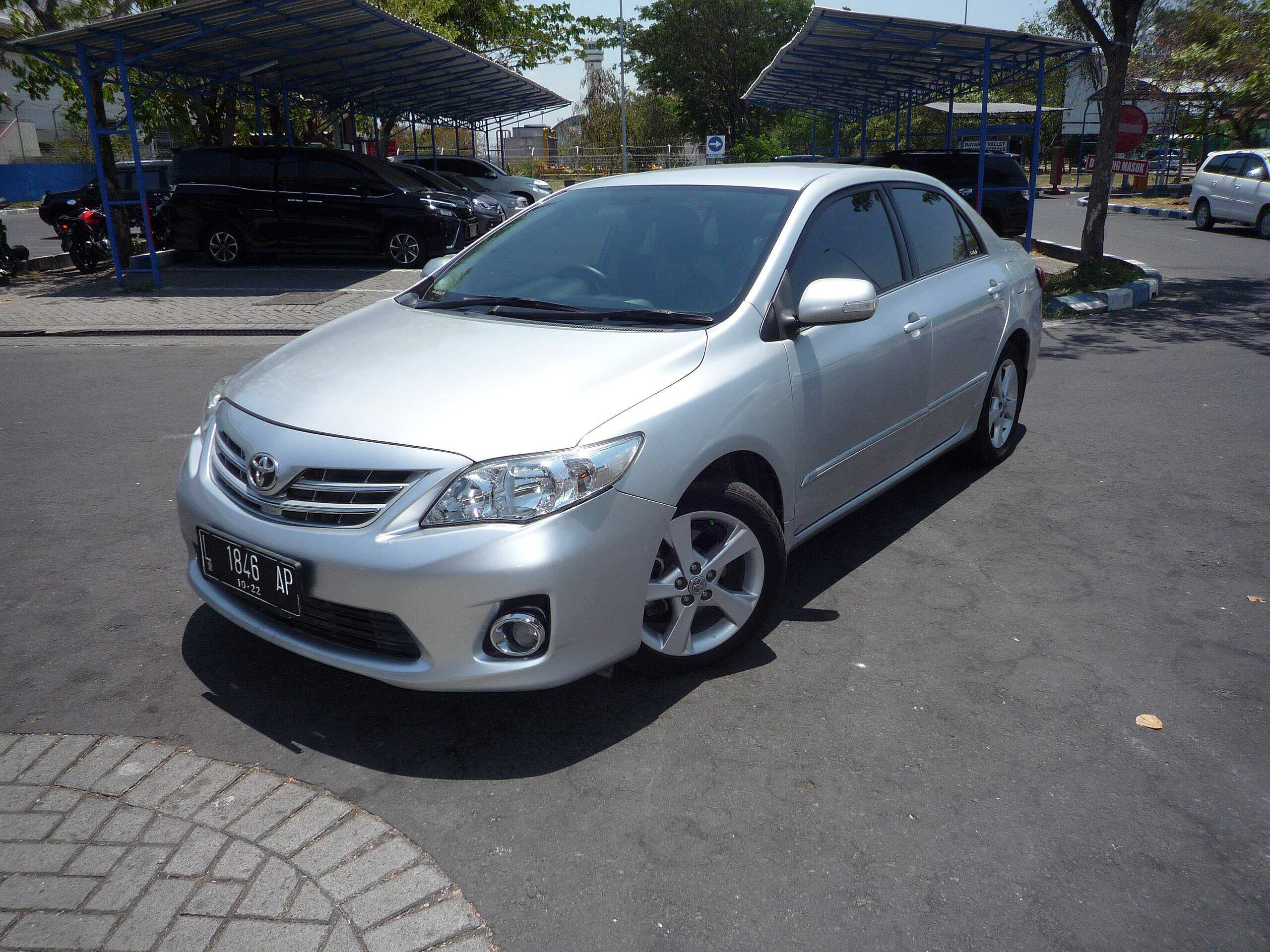
Receiving the CarComplaints “Seal of Awesome”, the 2012 Toyota Corolla is one of the best model years for the vehicle. Except for 362 NHTSA complaints around airbag issues, there were almost no other glaring issues that affected this model release. Unsurprisingly, airbag issues focused on not deploying or exploding, neither of which was very good news.
Airbag issues aside, J.D. Power provided the exact validation necessary to call this model year a win. With strong scores of “Great” for both quality and reliability as well as resale value, the 2012 model looked like a winner. This is further validated when you consider IIHS awarded the Corolla its top prize of “Top Safety Pick”.
Own: 2018
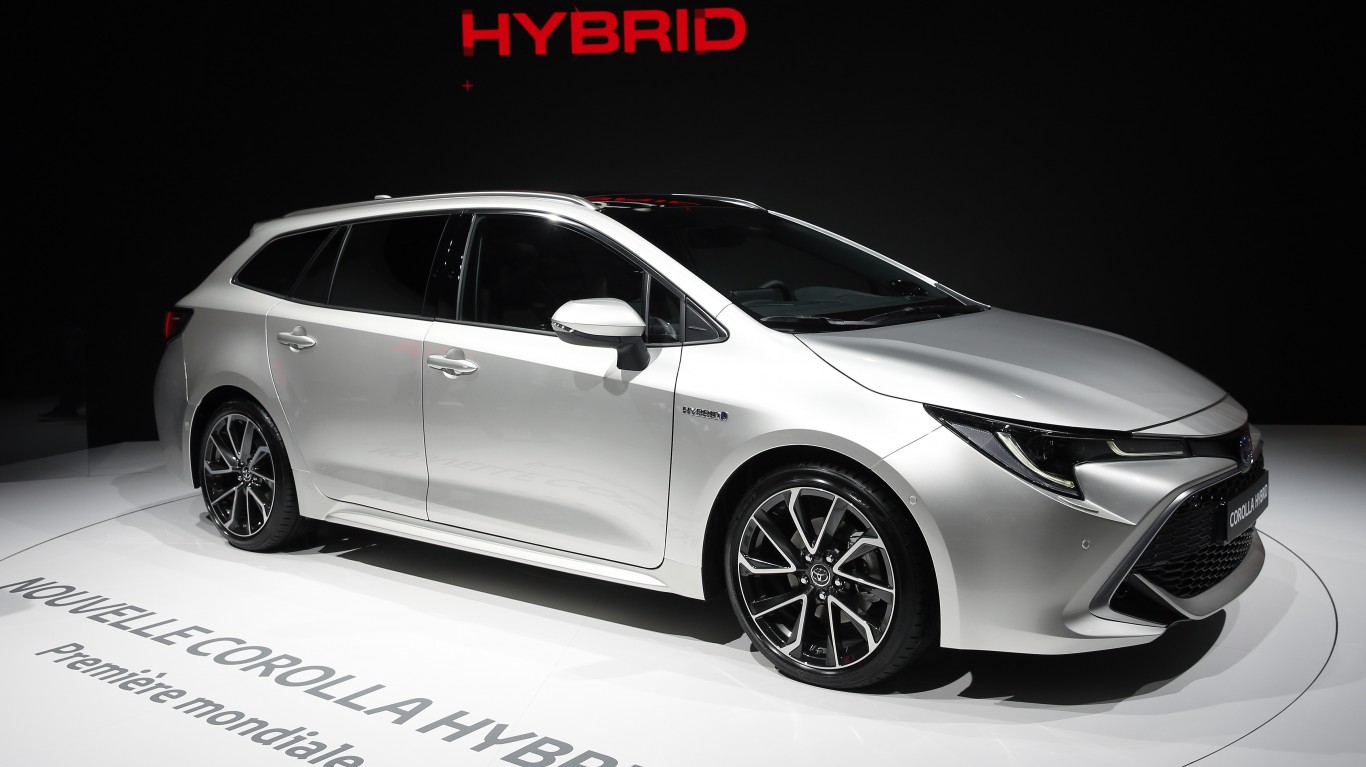
With outstanding J.D. Power scores leading the way, the 2018 Toyota Corolla was a home run. Even though airbag problems continued yet again in 2018, there were still plenty of reasons to give the 2018 model a good look. The addition of a 2.0L four-cylinder engine gave the 2018 model a little extra power for merging and changing lanes.
A highlight of the 2018 Toyota Corolla ownership were the safety scores. According to NHTSA, the 2018 model received five stars across all of its testing. There are not many years before 2018 where Toyota can make this claim for the Corolla model. The hatchback model even received a slightly better score than the sedan. Adding to the safety factor is the IIHS award for “Top Safety Pick” once again in 2018.
Own: 2019
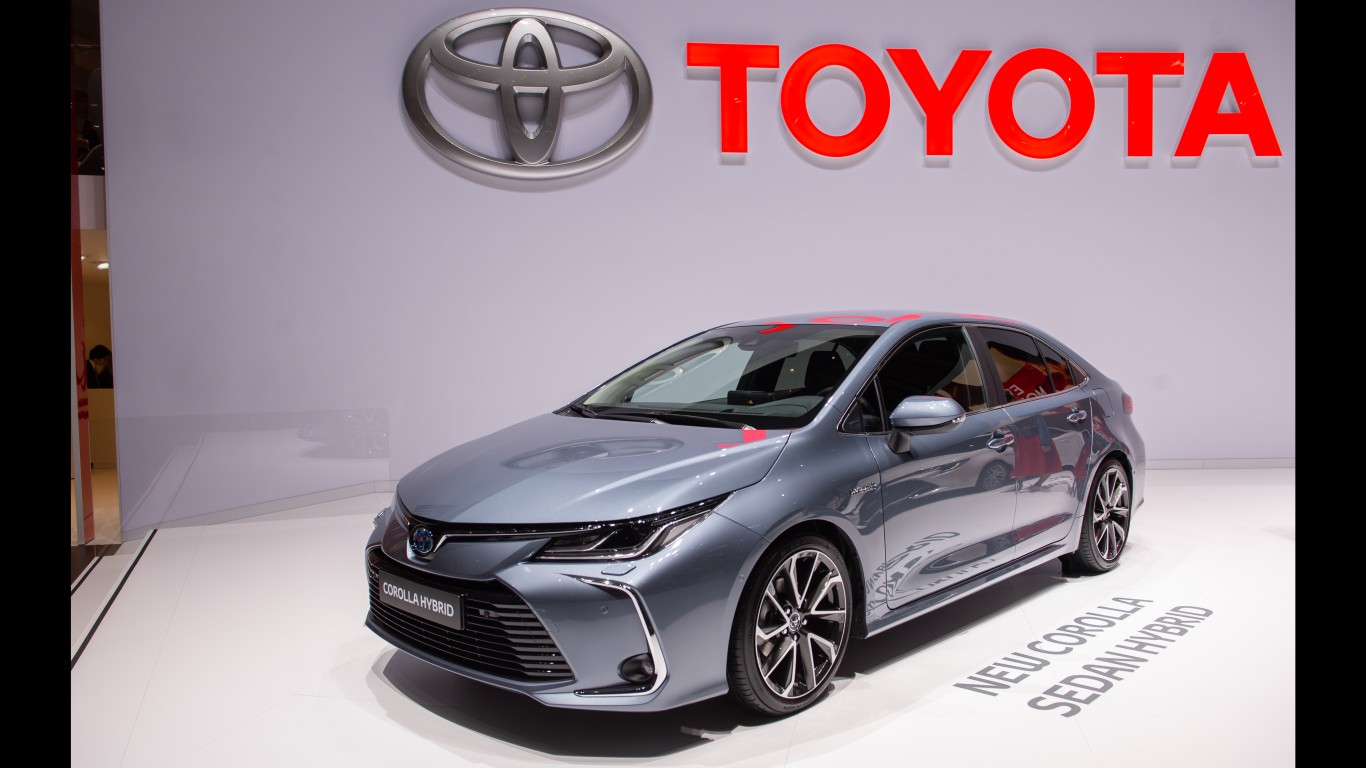
Highlighting the great year that is 2019 for the Toyota Corolla is the J.D. Power score for quality and reliability. It earned the “Best” score for this model year, which was the highest possible mark a vehicle can receive. Similarly, Consumer Reports praised the 2019 Toyota Corolla model for its outstanding fuel economy, standard safety equipment, and roomy backseat. As both of these reputable organizations gave the Corolla such high marks, it was easy to call the 2019 model well worth considering.
Of course, there’s more to the 2019 model than just positive reviews. Less than 150 complaints were filed with the NHTSA. However, when you factor in the awesome standard driver-assistance features Corolla built into this model year, it’s going to help overlook any of the infrequent issues drivers experienced.
Own: 2021
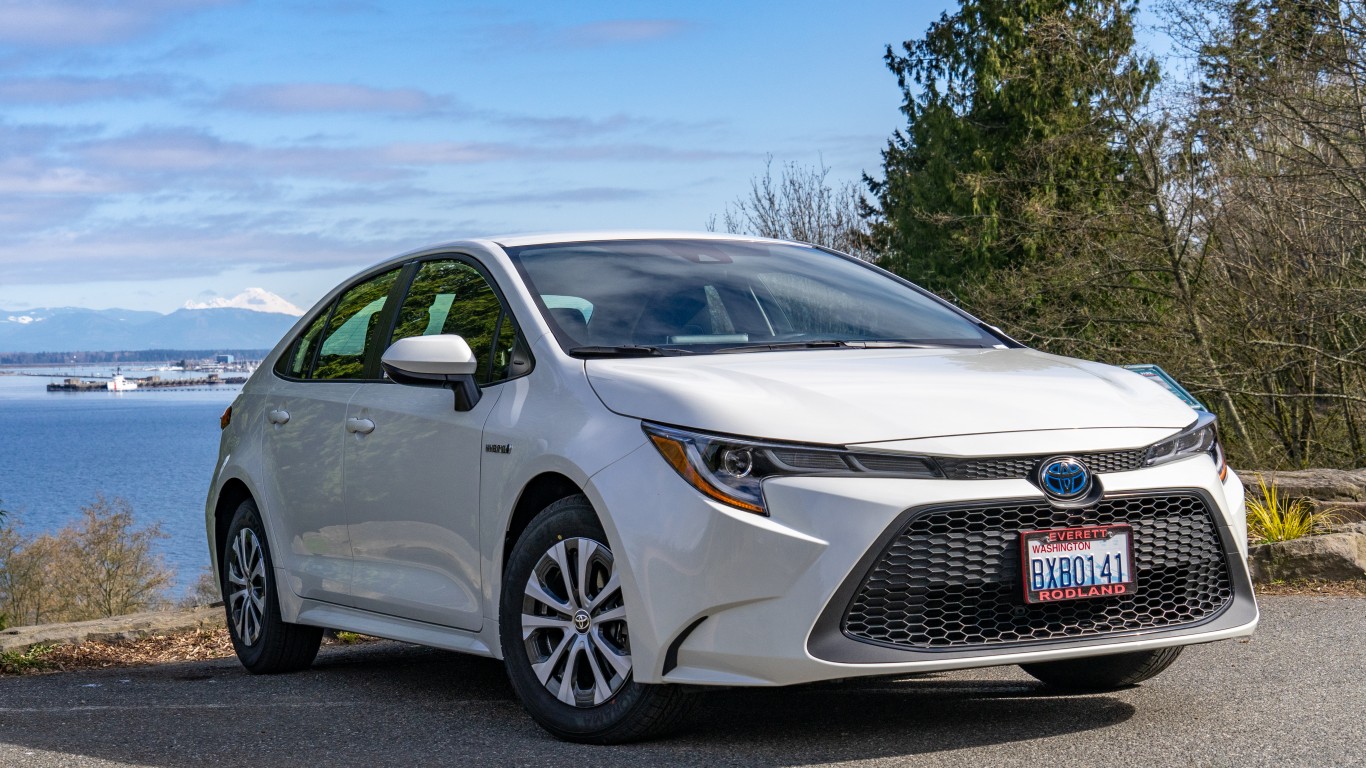
If you want to give the 2021 Toyota Corolla a hard look, you should do so. This is easily one of the best years as far as reliability. Less than 100 NHTSA complaints were filed, which was on the lowest possible end of what the Corolla has received over the last few decades. The Corolla Hybrid was the biggest star in 2021, with a whopping 48 MPG. Compared to the 33 MPG for the nonhybrid model, both models stood out in the compact sedan class.
Also standing out in the 2021 model was the addition of Toyota Safety Sense 2.0, which added a host of advanced driver safety and assistance features. Everything from collision warnings to automatic braking were vastly improved in 2021. Not only should this have made buyers feel more comfortable, but insurance companies loved to see the additional safety features. As the 2021 models come up on leases, you should welcome looking at one with low mileage.
Own: 2022
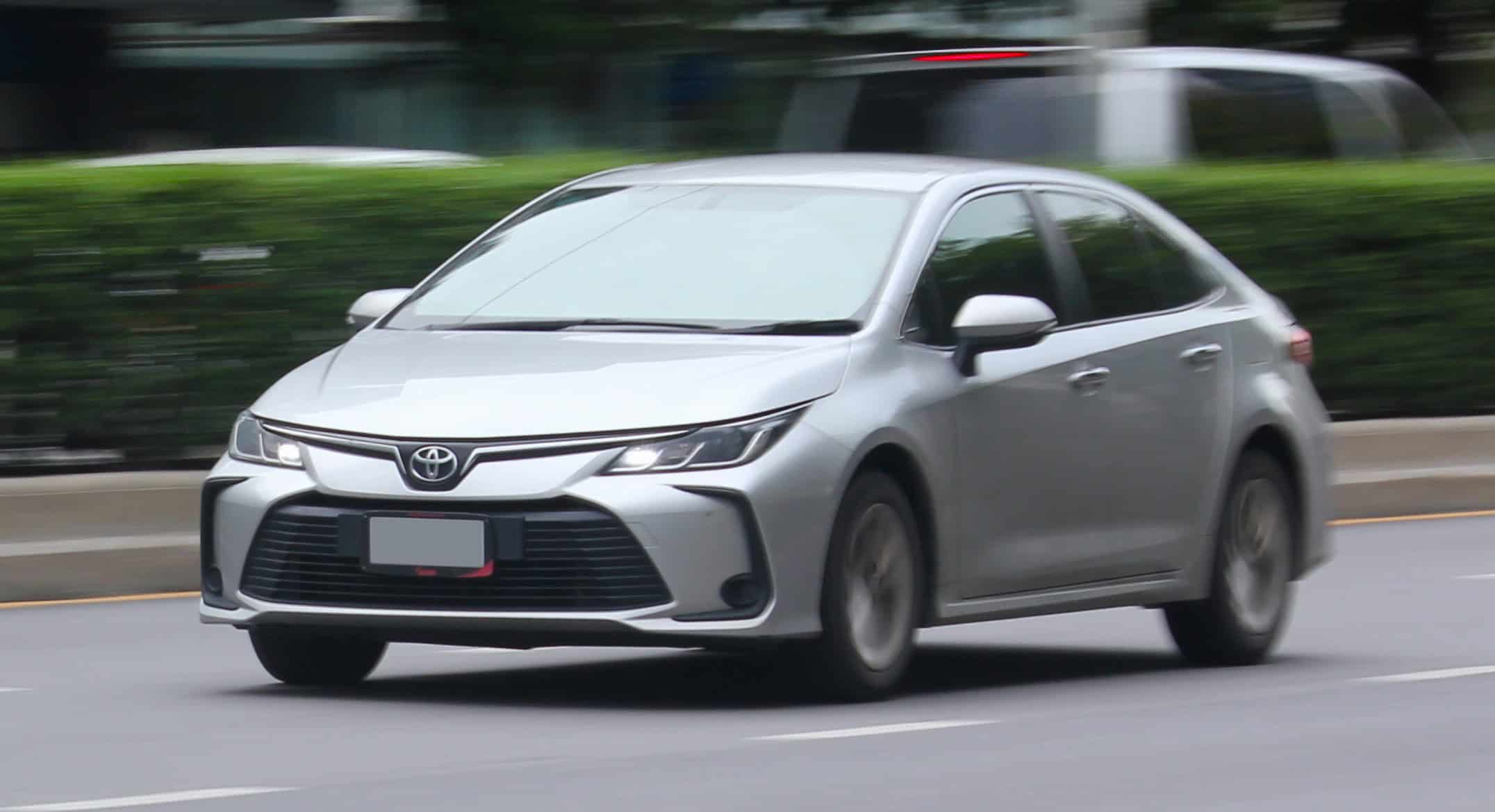
Continuing the positivity from the year prior, the 2022 Toyota Corolla was its best year ever. Less than 75 NHTSA complaints were received with electrical problems being the only potential issue down the road. With the same fuel economy ratings as 2021, both the hybrid and nonhybrid models stood out in the compact class. While nobody is going to mistake the Corolla for being fast, the 2022 model is the poster child for why Toyota has such a strong reputation for reliability.
On top of reliability, IIHS gave every Corolla model in 2022 its highest award with “Top Safety Pick+”, meaning that it is among the safest vehicles on the road. Of course, you can also make the move to the XRS trim level that adds an upgraded body kit to make the Corolla look a little bit sportier. No matter what trim level you choose, 2022 was a great year for the Toyota Corolla.
Are You Still Paying With a Debit Card?
The average American spends $17,274 on debit cards a year, and it’s a HUGE mistake. First, debit cards don’t have the same fraud protections as credit cards. Once your money is gone, it’s gone. But more importantly you can actually get something back from this spending every time you swipe.
Issuers are handing out wild bonuses right now. With some you can earn up to 5% back on every purchase. That’s like getting a 5% discount on everything you buy!
Our top pick is kind of hard to imagine. Not only does it pay up to 5% back, it also includes a $200 cash back reward in the first six months, a 0% intro APR, and…. $0 annual fee. It’s quite literally free money for any one that uses a card regularly. Click here to learn more!
Flywheel Publishing has partnered with CardRatings to provide coverage of credit card products. Flywheel Publishing and CardRatings may receive a commission from card issuers.
Thank you for reading! Have some feedback for us?
Contact the 24/7 Wall St. editorial team.

